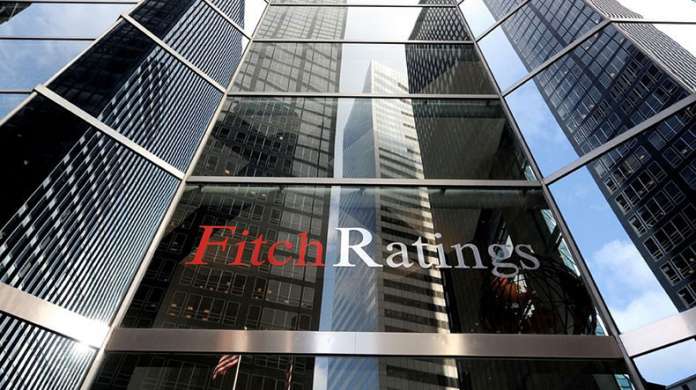Fitch Ratings has revised Armenia’s Outlook to Positive from Stable, while affirming the sovereign’s Long-Term Foreign- and Local-Currency Issuer Default Ratings (IDRs) at ‘B+’.
The rating is based on several key drivers. The first one is that the Armenian economy is experiencing a strong recovery following a large external shock in 2014-15, driven by a structural improvement in export performance, firmer external demand conditions and recovering remittances, and supported by a credible monetary policy framework. Fitch has revised its growth projection up to 4.3% for 2017, as GDP growth averaged 5.3% in Q1-Q3. It is expected growth to average 3.6% in 2018-2019 due to a still favorable environment for remittances and export growth, the Armenian Ministry of Finance reported.
The next one is the strong fiscal consolidation. Armenia has strengthened the control over budgetary expenditures. Due to it, Fitch forecasts the general government budget deficit will decline to 3.3% of GDP in 2017, from 5.5% in 2016, reflecting expenditure restraint and favourable revenue growth. Fitch expects the general government deficit to decline to 3% in 2018 and 2.7% of GDP in 2019.
Fitch’s projections for the budget deficit and growth performance are consistent with stabilization in government debt. It is forecasted debt to rise to 57.5% of GDP in 2017, slightly below the projected 58.6% ‘B’ median, peak in 2018 at 58.1% and gradually decline thereafter. Armenia’s government debt structure has a high level of concessional debt (66% of total debt), but 81% is foreign currency denominated, exposing it to exchange rate volatility.
Armenia has a moderate current account deficit, which Fitch forecasts at 3% of GDP in 2017 and to average 3.4% in 2018-2019. Domestic demand-driven import growth will be balanced by export receipts underpinned by stable commodity prices, diversification to new markets and stabilization of the Russian economy benefitting export and remittances growth.
The main factors that could lead to an upgrade are: confidence that the government debt-to-GDP ratio is on a downward trajectory; sustained growth that supports convergence towards income levels of higher rated sovereigns without increasing macroeconomic imbalances and a sustained improvement in the external balance sheet.
The main factors that could lead to a stabilization of the Outlook are: failure to put government debt/GDP on a downward trajectory over the medium-term; a sustained fall in foreign exchange reserves, an escalation in the Nagorno-Karabakh conflict if it were to have a material impact on the Armenian economy or public finances.
Fitch assumes that Armenia will continue to experience broad social and political stability.
The full list of rating actions is as follows:
- Long-term foreign-currency IDR affirmed at “B+”; Outlook revised to Positive from Stable,
• Long-term local-currency IDR affirmed at “B+”; Outlook revised to Positive from Stable,
• Short-term foreign-currency IDR affirmed at “B”,
• Short-term local-currency IDR affirmed at “B”,
• Country Ceiling affirmed at “BB-“,
• Issue ratings on long-term senior unsecured foreign-currency bonds affirmed at “B+”,
• Issue ratings on long-term senior unsecured local-currency bonds assigned at “B+”,
• Issue ratings on short-term senior-unsecured local-currency bonds assigned at “B”.












